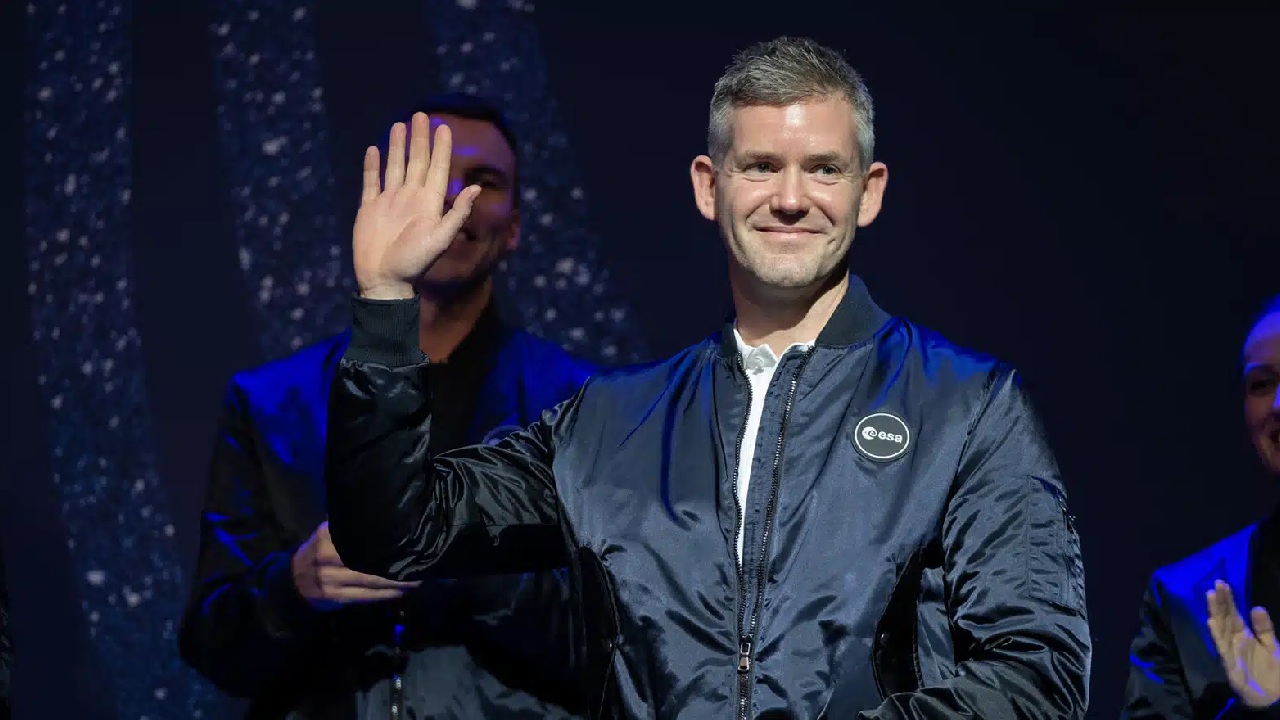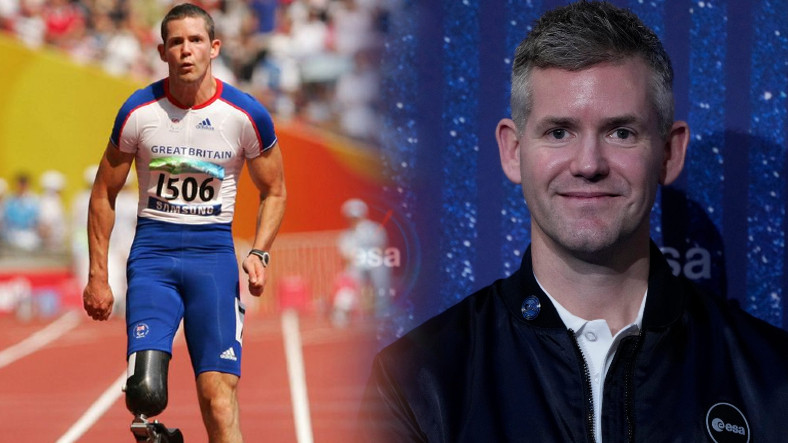With developing technology, our space studies have accelerated. So much so that today we are making great strides towards manned missions to the moon and Mars, sending telescopes into space that will reveal the secrets of the universe. Astronauts, who undergo rigorous training to participate in these missions, are also of great importance to our research.
Now there is a historical development regarding astronauts. The European Space Agency (ESA) announced this last week. the world’s first paraastronaut; i.e. the first disabled astronaut announced his election. This person; 41 year old British subject, former Paralympic athlete John MacFall.
McFall, who is also a doctor, won a bronze medal at the 2008 Paralympics.

100 meters at the 2008 Beijing Paralympic Games bronze medal McFall, who also won, ESA’s effort to “open the way to space for a professional astronaut with a physical disability” Parastronaut Feasibility He became the first member of the project to be selected. McFall died in a motorcycle accident when he was 19 years old. his right leg has lost. The world’s first paraastronaut is also one doctor Let’s not go without adding that it is.
McFall, 41, One of 17 astronauts selected from 23,000 applicants achieved this success. The newly selected astronauts are based in Cologne, Germany. to the European Astronaut Center It was said that he would be sent to the school and receive 12 months of training there. It was stated that further training would follow if they were assigned to a task.

McFall also said in his statements: “The message I will give to future generations; “Science is for everyone and space travel can be for everyone.” used his words. Of course, one wonders how a physical disability affects an astronaut’s performance in space, which is already a challenging environment. ESA also wants to find out what modifications to vehicles, clothing and other technology are needed to get paraastronauts into space.
This movement, space agencies aims to increase the diversity of astronauts to expand. Let’s add that eight of the 17 astronauts selected by ESA from different countries are women. Likewise, NASA wants to take steps on diversity. With the Artemis mission, which will take humanity back to the moon years later, the agency wants to ensure that a woman and people of a different ethnicity set foot on the satellite for the first time.










:quality(85)//cloudfront-us-east-1.images.arcpublishing.com/infobae/NWNCJQDHNJDXFA4VNIMPTC4WC4.jpg)




